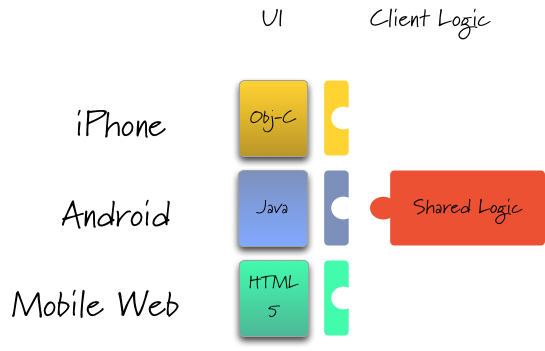It’s been a busy past couple of days, so I haven’t gotten to post the way I wanted to. Neither have I gotten to continue my hacking with Bluetooth LE nor my learning of calatrava.
But, when a good friend shared a link to The Open Source Report Card, I just had to share.
